Light tank LK II: German armored car for Hungary and Sweden
In 1917, the design team led by Joseph Vollmer developed the first German light tank, designated LK I (Leichter Kampfwagen - “Light fighting vehicle”). Only one sample of such a machine was built and tested, after which the military department demanded to redo the project. In addition, the project of J. Vollmer faced with the confrontation of competitors: while not only he was engaged in the creation of a light tank. After analyzing the existing projects, the military decided to order the creation of modified versions of all these developments. In connection with this, the team of J. Vollmer began work on the LK II project.
A modernized version of the light tank was developed in the spring of the 1918 of the year. In mid-June of the same year, the customer was presented with the documents and the layout of a promising combat vehicle. As part of the new project, the design team refined some units of the existing tank, and also made adjustments directly related to the updated customer requirements. As a result, the new tank LK II as a whole retained the look of the base LK I, but had a lot of noticeable differences.
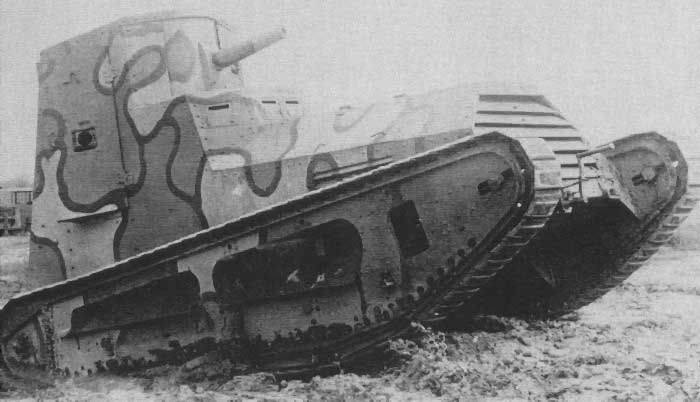
Tank LK II in the original configuration. Photo Aviarmor.net
Due to the lack of experience in creating tanks, as well as not having access to information about foreign developments, German engineers built tanks LK I and LK II according to the original scheme borrowed from the armored cars that existed at that time. Tanks received a body of a characteristic shape with a large hood in the front. Thus, the front part of the case was given under the engine compartment, and behind it was a habitable volume with a control compartment and a fighting compartment. Under the floor of the habitable compartment located transmission units.
When creating the LK II project, the best practices of the previous tank were used in the most active way. At the same time, however, some parts of the hull were modified to increase the level of protection. The hull was built on the basis of a frame, to which rolled sheets of necessary shapes and sizes joined on rivets. Most of the hull parts had a thickness of 14 mm, the roof and stern were 8 mm. This made it possible to protect the crew and internal units of the vehicle from shelling from various infantry weapons.
The hull of the new light tank had vertical sides, the height of which varied from the minimum in the front to the maximum in the stern. The front sheet was fastened to the sides with a radiator blind. It should be noted that in the initial version of the LK II project, the front sheet was installed with a slope backwards. The new tank was noticeably different from the base LK I form of the roof of the engine compartment. Instead of a flat roof made of one sheet, a construction was proposed from a flat narrow top part and two inclined sides. Such a multifaceted roof passed into the frontal part of the habitable compartment, made in the form of an inclined central sheet and two cheekbones. In the frontal details of the control compartment provided hatches for review.
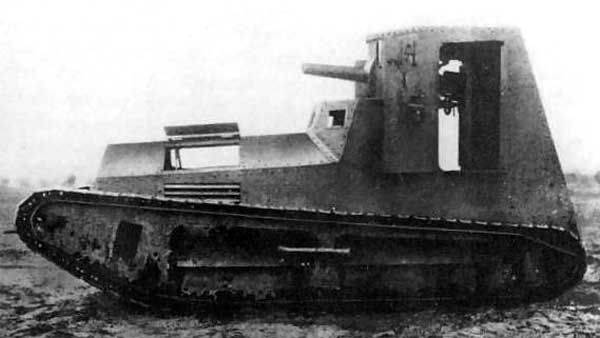
Armored car with open doors and hatches. Photo Aviarmor.net
The hull feed had high vertical sides. Directly above the roof of the fighting compartment was envisaged felling with a rotatable semicircular shield and installation for weapons in the front. On the sides with the shield in contact with two small plates installed at an angle to the axis of the machine. Behind the tank was protected by a sloping stern sheet, on top - by a horizontal roof. In the sides of the hull were installed relatively large doors for landing. There was also a sunroof over the gun.
According to reports, the first copies of the LK II tank were completed with Daimler-Benz engines with an output of about 60 hp. Later, other motors with a power of at least 40-50 HP were used. The engine was equipped with a liquid cooling system and a radiator located behind the front of the hull. For better cooling, the radiator with a fan was blown with air drawn from the fighting compartment. In addition, this led to additional ventilation of the crew compartment and removal of powder gases from the weapon. Also, a modernized fuel system was used to ensure the supply of gasoline, regardless of the position of the machine in space.
The engine was associated with a mechanical transmission, which provided the transmission of torque to the stern drive wheels. It was coupled with a clutch associated with a four-speed manual gearbox. With the help of the shaft, passing under the floor of the habitable compartment, the torque was transmitted to the differential and the onboard gearboxes of a relatively simple design. A characteristic feature of the power plant and transmission of LK I and LK II tanks was the extensive use of existing units borrowed from mass-produced automobiles.
To change the direction of movement, the driver had to use two levers connected to different transmission units. So, in the front position, the lever included the clutch of the corresponding caterpillar, on average, disconnected it, and in the rear position it turned on the brake. Thus, the course control was carried out by reducing the rotation speed of one of the tracks.
The tank received a chassis with a large number of small diameter road wheels, typical of tanks of that time. On board the car was mounted six trucks, equipped with four rollers each. The guide wheels were located in the front of the hull, leading - in the stern. As part of the undercarriage, small-sized caterpillars with a width of 250 mm were used. Each tape consisted of 74 tracks. From the outside, the running gear was closed with an armored shield. In order to clean the chassis of dirt, it was decided to do in the guards on a pair of oblong-shaped holes.
The main armament of the LK II tank was to be mounted in an installation on the roof of the crew compartment. The tank did not receive a swivel turret, however, the installation design made it possible to direct the weapon horizontally within 30 ° from the longitudinal axis. For the installation of a relatively large and heavy equipment, it was proposed to use a thumbnail unit, optimally redistributing the load on the hull.
In accordance with the original terms of reference, the prospective light tank was supposed to carry an 57-mm cannon. In the fighting compartment it was planned to place up to hundreds of unitary loading shells. As an additional weapon was proposed 7,92-mm MG.08 machine gun. For the use of the machine gun was proposed to use embrasures in the side doors of the crew compartment.
Also developed a version of a different set of weapons based on machine guns. In this case, a full-fledged rotating turret with machine guns and corresponding sighting devices was to be installed on the roof of the fighting compartment. For some reason, the creation of this unit was delayed, which is why in the first tests a tank with a gun was used.
The crew of the new tank consisted of three people: a driver, a gunner and a loader. If necessary, the gunner or loader had to use a machine gun. Jobs of all crew members were in the total habitable volume.
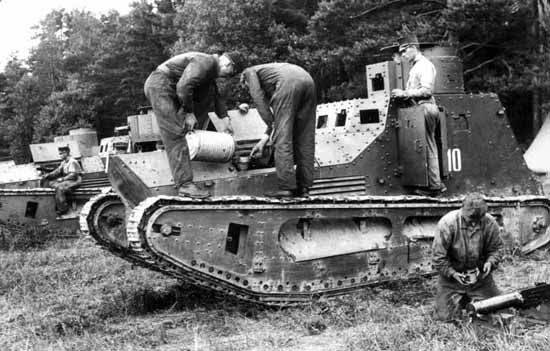
Swedish tanks in service in the field. Photo Sphf.se
The new light tank LK II turned out to be quite compact and did not differ much in mass. The length of the vehicle was 5,1 m, width - 1,95 m, height - 2,7 m. The combat weight was at the level of 8,5 t. In the future, the dimensions and weight changed slightly due to certain modifications of the weapons and body.
In the middle of 1918, the LK II project was generally approved by the customer, but some adjustments were required. The military considered that the proposed gun mount was not strong enough to equip an 57-mm cannon. In this regard, at the end of September, an offer appeared to re-equip the tank with an instrument of the Krupp 37 mm caliber. This has reduced the load on the machine design, as well as reduce its overall weight.
By the beginning of October, a prototype of a new tank was built, which was soon put to the test. The car showed good characteristics for its time. On a good road, the LK II could accelerate to 16 km / h, while off-road the maximum speed was noticeably reduced. The tank could climb a slope of steepness up to 40 ° and overcome ditches with a width of 2 m. Water barriers to a depth of 0,5 m could be crossed ford.
The LK II project received high marks. The proposed light tank was not inferior in its characteristics to the main foreign analogues or even surpassed them. In addition, it was beneficial in terms of economics. One such machine cost no more than 70 thousand marks, which allowed to start mass production and provide the troops with a large number of necessary equipment.
According to the results of tests of several new tanks, the German command decided to start the production of this vehicle. In the autumn of 1918, a plan to build 1000 LK II tanks appeared. The first 10 serial tanks were supposed to go to the troops in December, and in the spring of next year, monthly production had to reach the level of 200 machines. Two thirds of the armored vehicles were to receive cannon armament, the rest were machine guns.
Simultaneously with the preparation of serial construction, the design team of J. Vollmer created two projects of new technology based on a promising light tank. One project implied a shift of the forward control department and the abandonment of a tower or a deckhouse with armament. Feed in this case was given under the space for landing. Another project also used a modified hull with a displaced control compartment, and also provided for the release of a small platform in the stern. Such a machine could be used as an artillery tractor.
A promising light tank LK II appeared too late to catch the war. The difficult situation in the rear and at the front did not allow Germany to start production of this technology in a timely manner. As far as is known, by the time the war ended, none of the production tanks had been built completely. Most of the machines under construction remained in the form of a set of various units that need to be assembled.
By signing the Treaty of Versailles, Germany lost the right to develop and build armored vehicles. Nevertheless, a number of new projects were of great interest, because of which the German specialists had to violate the existing agreements and engage in frauds. In 1919, a contract was signed with Hungary, according to which German enterprises had to build a batch of LK II light tanks and send them to the customer under the guise of agricultural machinery.
Before the production of tanks for the Hungarian army began, the LK II project was finalized. The main changes were the case, the front part of which received a forward inclined front leaf without blinds, a lower-height combat compartment and a number of other innovations. In addition, on the roof of the hull mounted tower with a machine gun. Under this project, 14 armored vehicles were manufactured. Disassembled, under the guise of peaceful products, they were sent to Hungary, where they were assembled with the participation of German specialists. The operation of tanks by the Hungarian army continued until the early thirties.
In 1921, a similar agreement with Sweden appeared. Ten tanks in the upgraded turret version were disassembled into separate units and sent to the customer in this form. For camouflaging in documents, these machines were designated as tractors. According to reports, the tanks for Sweden received cannon and machine gun weapons. Tanks assembled with the help of German specialists were adopted under the designation Stridsvagn fm / 21.
Operation of ten tanks in the base configuration lasted until the end of the twenties, after which they began modernization. From 1929 to 1932, the Swedish specialists updated all the existing tanks according to their own m / 21-29 design. In accordance with this project, the machines received an engine from Scania with a power of 85 hp, upgraded armament and other units. Repair and modernization of equipment allowed to continue its operation until the end of the thirties, when new combat vehicles replaced completely obsolete tanks.
The first prototype of the light tank LK II, built for testing, according to some sources, was disposed of shortly after the signing of the peace treaty. 14 "Hungarian" machines were operated until the end of the twenties, and then went for scrap. The tanks of the Swedish army were a little luckier. Their operation continued until the end of the thirties, and not all the cars went for scrap. At least one Strv m / 21-29 tank has survived and is now a museum piece.
Due to the late start of work, the LK II light tanks did not have time for World War I. One of the factors contributing to this was the increased priority of other heavy armored vehicles projects. With limited resources, Germany was forced to choose, because of which she was late with the construction of new technology and could not change the course of the war. There is a widespread view that the LK II light tanks could indeed influence the course of the battles in Europe. The lower cost compared to heavy tanks made it possible to organize the mass construction of light vehicles, the timely start of which could, at a minimum, delay a defeat. However, this did not happen and LK II did not get to the front. Serial production of these tanks began only after the war. However, the following decades were relatively calm, because of which the serial tanks of the Hungarian and Swedish army were not able to take part in actual combat.
On the materials of the sites:
http://aviarmor.net/
http://sphf.se/
http://pro-tank.ru/
http://blog.arsenalen.se/
http://achtungpanzer.com/
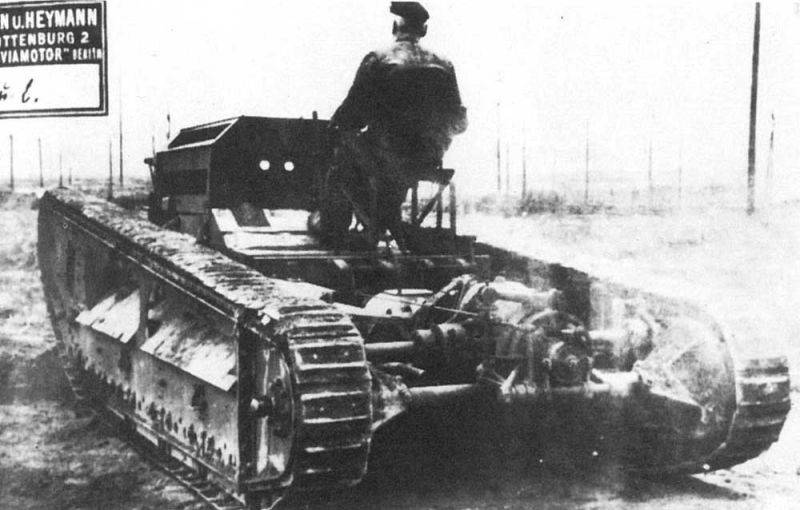
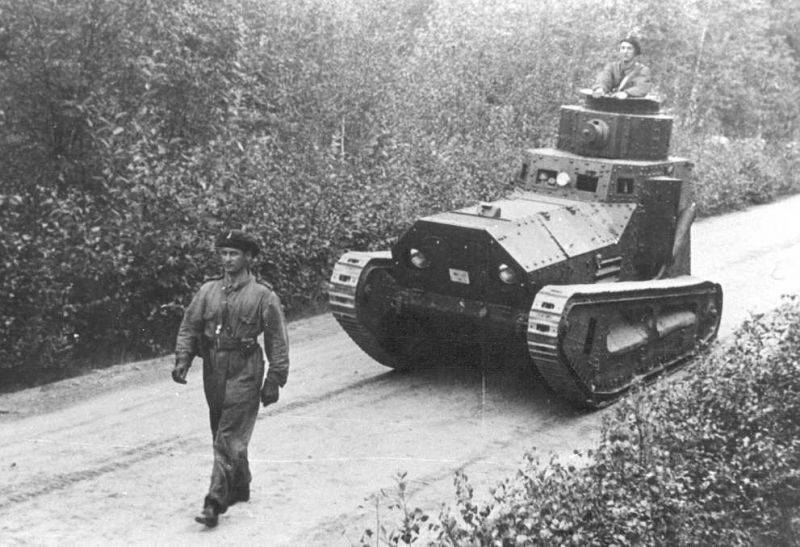
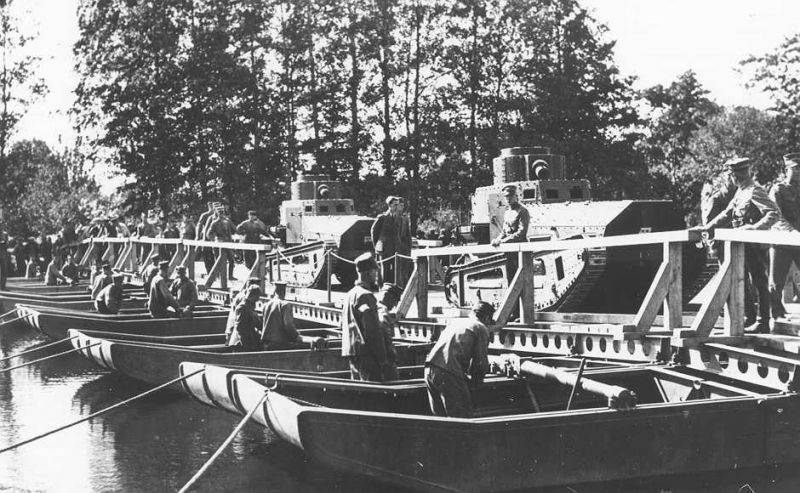
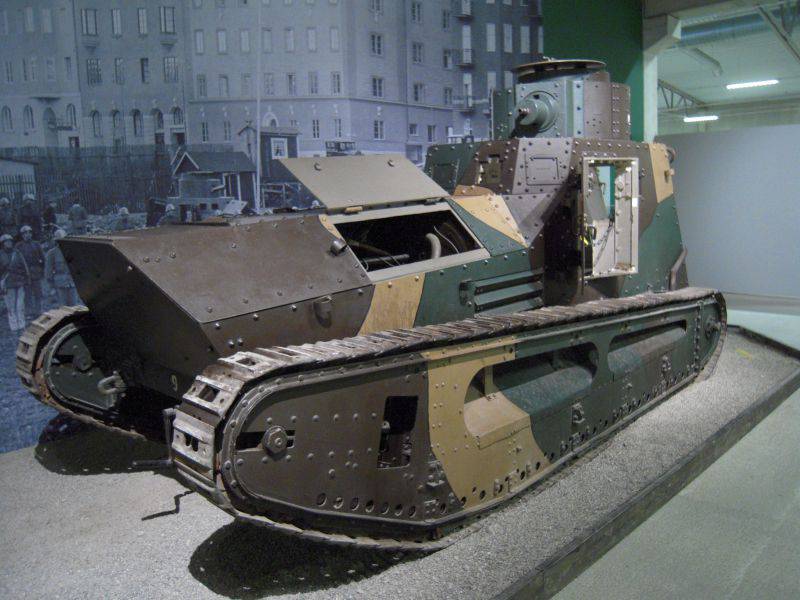
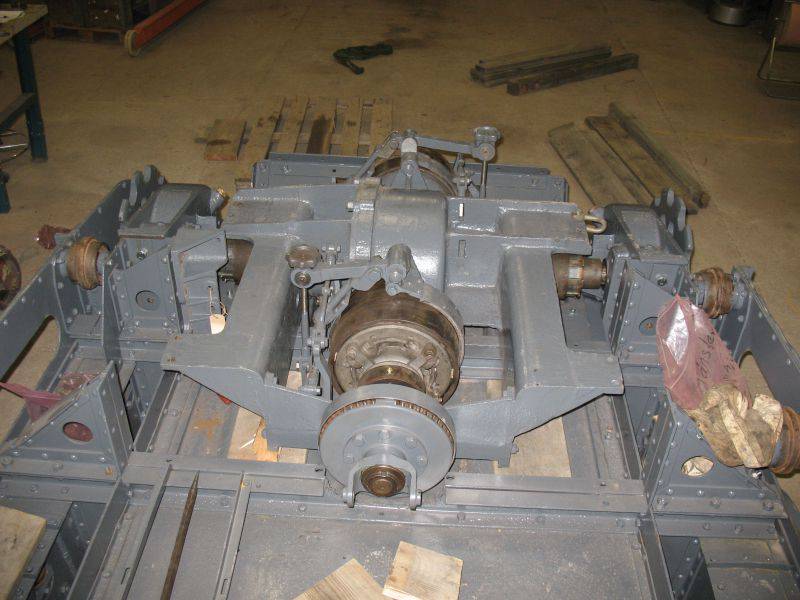
Information